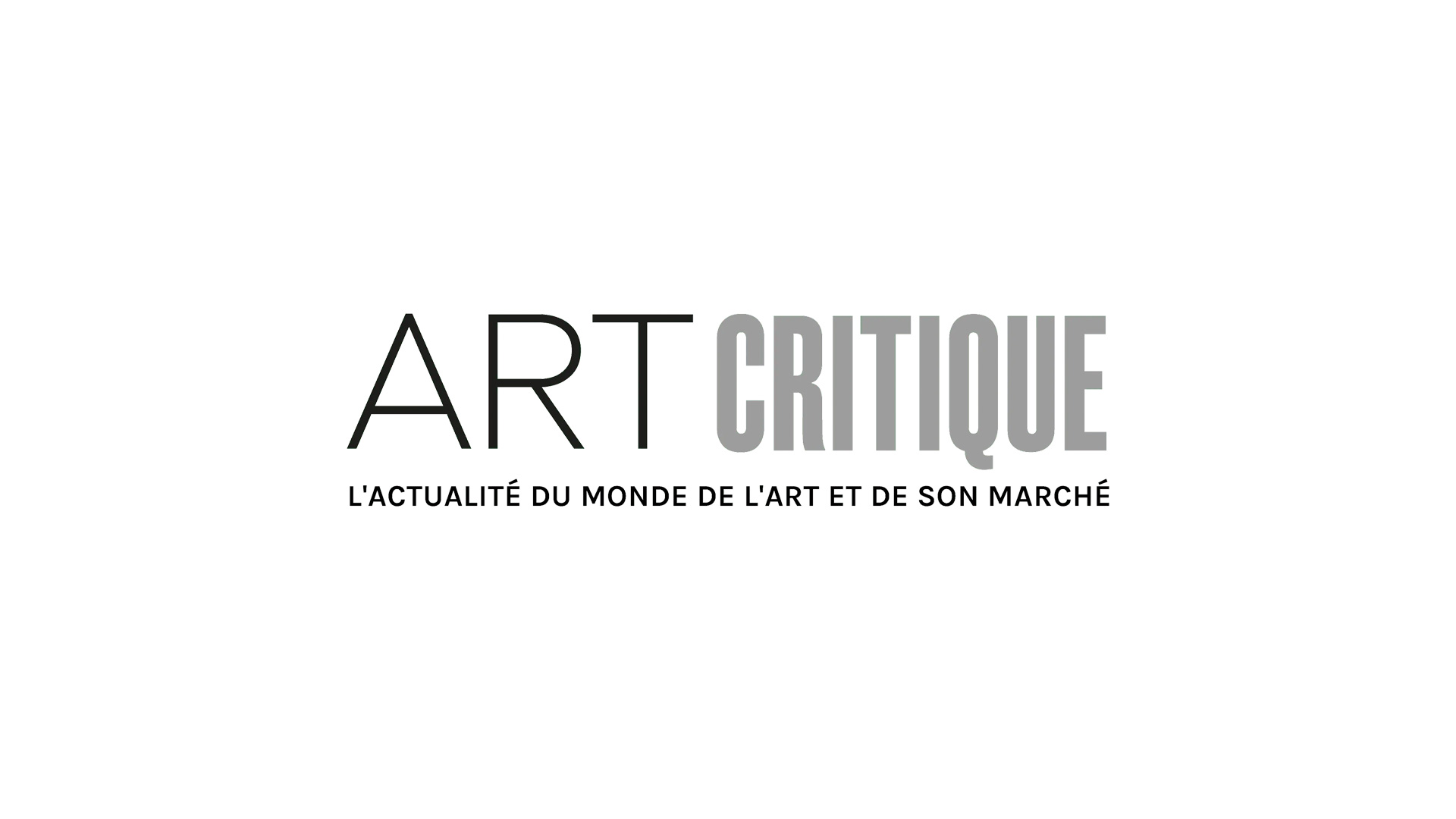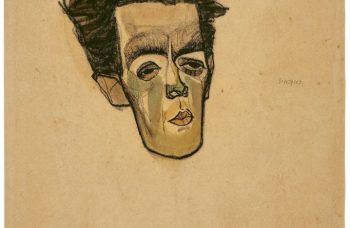Art Basel—the world’s biggest art fair— kicks off this week, with thousands of art lovers expected to descend on the Swiss city for six days of lavish events and art exhibitions. Attendees will be treated to installations from some 4,000 artists, from young Emirati photographer Farah Al Qasimi to Argentinian artist Tomás Saraceno, whose show “On Air”, featuring live spiders and their delicate webs, made a splash last year at Paris’s Palais de Tokyo.
Casual visitors to the art fair, however, will miss out on works by some of the most high-profile artists. Rather than being exhibited in the main exhibition centre, important works will be hidden away in high-security warehouses in an industrial zone some 15 minutes away from the rest of the fair. There, über-wealthy art collectors will view the works, one by one, in private viewing rooms. As one art advisor remarked, discretion is key for these high spenders: “There are different routes to access viewing rooms. You may bump into someone in the waiting area, but you never know for sure what they are there to look at”.
Demand for these ultra-secretive rooms, which Art Basel rents out for as much as $1,500 an hour, is on the rise, as both art buyers and sellers see advantages of the model. Some owners don’t want to let the world know they’re selling a cherished painting, while buyers appreciate the sense of exclusivity they glean from being alone with a famous work of art.
This cloak-and-dagger mode of art browsing may seem unusual, but it underlines the broader lack of transparency which characterises the crème-de-la-crème of the art world. Bloomberg recently shone a spotlight on freeports, the “secret museums” that are a growing trend across the world.
These enormous warehouses, often located adjacent to airports or railways for easy access, are a peculiar cross between industrial fortress—protected by security features from retinal scans to seven-tonne steel doors—and world-class art gallery. Because the goods inside freeports are technically “in transit”, their owners don’t have to pay tax on them until they leave the warehouse.
In practice, this means that many luxury items stay inside freeports indefinitely, being bought and sold numerous times without ever seeing the light of day. Thanks to the discretion and opacity which freeports have made a hallmark of their business model, it’s impossible to know the exactly which priceless artworks are locked away behind their walls. One estimate suggests that the Geneva and Zurich freeports each hold more than $10 billion in art; the Geneva facility, measuring the equivalent of twenty-two soccer pitches, may hold as many as 1.2 million works of art, including 1000 pieces by Picasso alone. As one commentator remarked, it’s “the greatest art collection no-one can see”.
The opaque deals taking place within both freeports and warehouses on the fringe of Art Basel raise serious questions about the effect of this lack of transparency on the art world. These issues range from the practical—how to prevent criminals from taking advantage of this secrecy—to the moral: is it right to hide millions of the world’s cultural treasures in vaults and storerooms?
European politicians have become increasingly concerned about the former; a number of high-profile incidents, such as Italian police discovering looted Roman and Etruscan antiquities in crates stored in the Geneva Freeport, have caused the European Parliament to put the swift phasing out of these facilities at the top of their agenda. Worries have mounted that unsavoury characters may be exploiting the freeport model for large-scale tax evasion or money laundering; one art advisor referred to the facilities as the “equivalent of a Swiss bank account”.
Freeport operators have insisted that they keep a close eye on the goods under their watch. But even if everything is completely above board, there is something tragic about vast amounts of cultural heritage gathering dust behind barbed wire next to Luxembourg’s Findel Airport, or being trotted out in front of a select few fairgoers in Basel with deep pockets. As BBC arts editor Will Gompertz remarked following his 2016 visit to the Geneva Freeport, “If there are really a million artworks in there, all of which were created to [be] seen and enjoyed, it seems a travesty to the point of immorality”.





